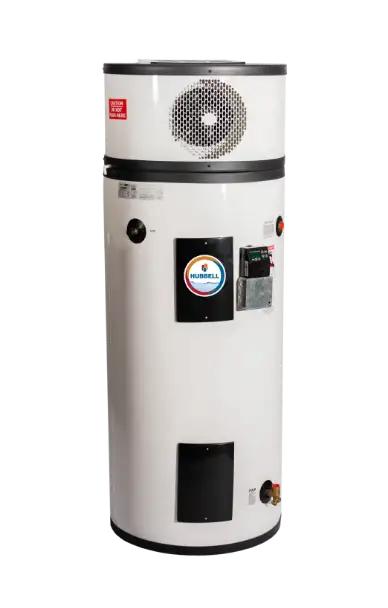Prime Series
NXT
Commercial Gas Storage Water Heater
ASME H stamped heat exchanger, BTU input from 200 to 400 MBH

LOW PRESSURE DROP
8:1 TURNDOWN RATIO
NUMEROUS VENTING OPTIONS
DIGITAL CONTROL SYSTEM
INCREASED SERVICEABILITY
Applications
Office buildings, schools, hospitals, industrial facilities, hotels, and much more.
Prime Series
NXT
Commercial Gas Storage Water Heater
ASME H stamped heat exchanger, BTU input from 200 to 400 MBH
LOW PRESSURE DROP
8:1 TURNDOWN RATIO
NUMEROUS VENTING OPTIONS
DIGITAL CONTROL SYSTEM
INCREASED SERVICEABILITY
Applications
Office buildings, schools, hospitals, industrial facilities, hotels, and much more.
NXT Overview
Technical Documents
Request Info about the NXT
You might also be interested in ...
Hubbell has a water heater for almost every application. Take a look at other options.








